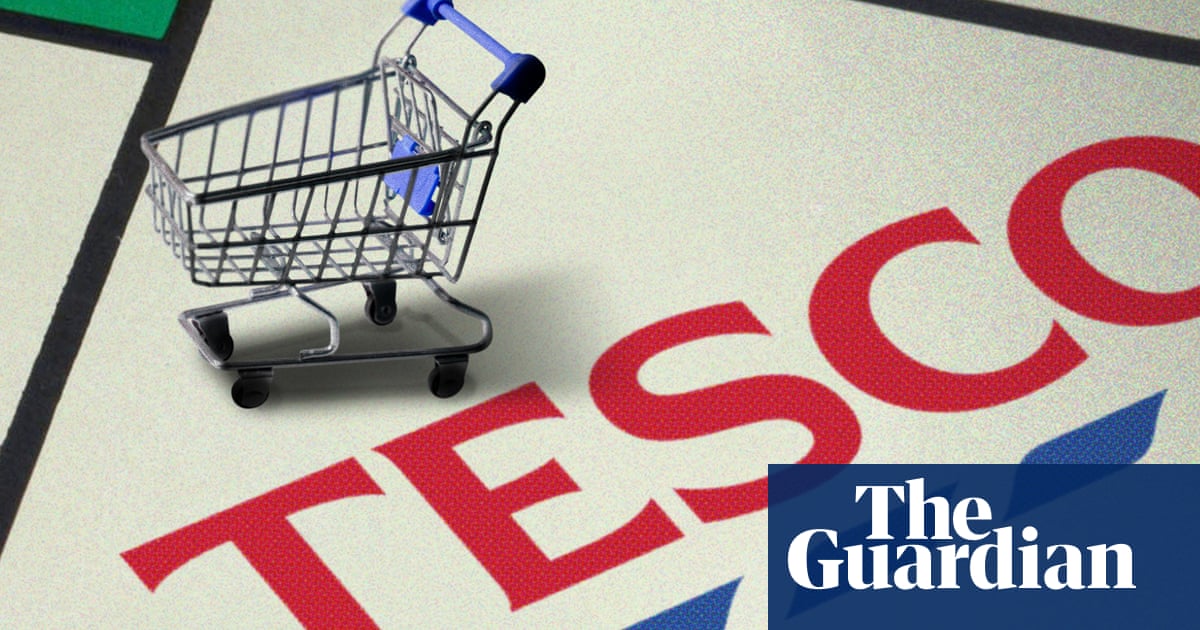Poor Tiddles and Fido are too often getting a bad deal – or, rather, their owners are – from the large corporates that dominate the veterinary business these days. That, very roughly, is the conclusion of the Competition and Markets Authority, which was obviously barking up the right tree when it decided 18 months ago to look at a sector that can take an opaque approach to pricing its goods and services.
Prices have been rising far faster than general inflation between 2016 and 2023, says the watchdog. The increases cannot be justified – at least, nothing like fully – by investment in better kit or superior services or higher salaries. And, critically, there is a big difference between the prices charged by the large chains and the independents that, pre-2013, used to represent the bulk of the industry. The CMA found that the average price charged by a practice owned by a large vet group for consultation, treatment and medicines was 16.6% higher than at an independent vet.
That statistic contributes, says the CMA, to a “customer detriment” – which can be regarded as excess profits – of more than £1bn over five years. “For a substantial part of the market as a whole, profits are much higher than they should be if competition was working well,” says the watchdog.
So smash up the big chains? Try to reverse the consolidation of the past decade that has resulted in six companies – IVC Evidensia, VetPartners and Medivet (all private equity-backed), CVS and Pets at Home (both listed firms) and Linnaeus (owned by Mars, which is big in pet food as well as chocolate) – owning more than 60% of practices? Set a limit on local concentration?
Well, no, the CMA is suggesting nothing so radical. It will be accused of being a watchdog with more bark than bite but, actually, it is probably right to reject significant “structural” remedies. The problem here is not one of lack of choice for consumers: a 60% combined share among six firms is not unusual in a consumer-facing market (just look at the supermarket trade). Rather, it is that the customers don’t really know what they’re getting, or how they could help themselves by shopping around.
Forcing vet practices to display a price list is a basic improvement – it is amazing they’ve got away without that requirement for so long. Disclosure of corporate ownership also matters now the cat is out of the bag, as it were, on price differences. But the single biggest reform is a price cap of £16 for writing a prescription. Since it is probably impossible to try to set prices for thousands of medicines themselves, the easily implemented alternative is a flat fee for a prescription that can be used to shop at an online pharmacy; for repeat prescriptions, that ought to be effective in principle.
It will all require the customers to do some leg work, of course, if the intensity of competition is to improve. But addressing the asymmetry in information between practices and customers is a useful place to start. The big operators, who had been making veiled threats about cutting investment if the CMA got too heavy, should count their blessings. There is nothing in this report that demands they do anything exceptional: they just have to provide levels of transparency that would be normal in most consumer sectors.
The other half of the package is an overhaul of a regulatory system that is out of the 1960s and seems barely to have been touched thereafter. At the moment, only individual veterinary professionals are regulated and businesses are not. With such a hands-off setup, you can see why the private equity brigade was attracted by the financial possibilities that could come with rolling up independents into bigger national groups. Proper regulation and an ombudsman service for consumers look overdue. Again, though, the corporates should have little to fear: other sectors do this without a fuss. No need for whining.

.png) 1 month ago
46
1 month ago
46

















































